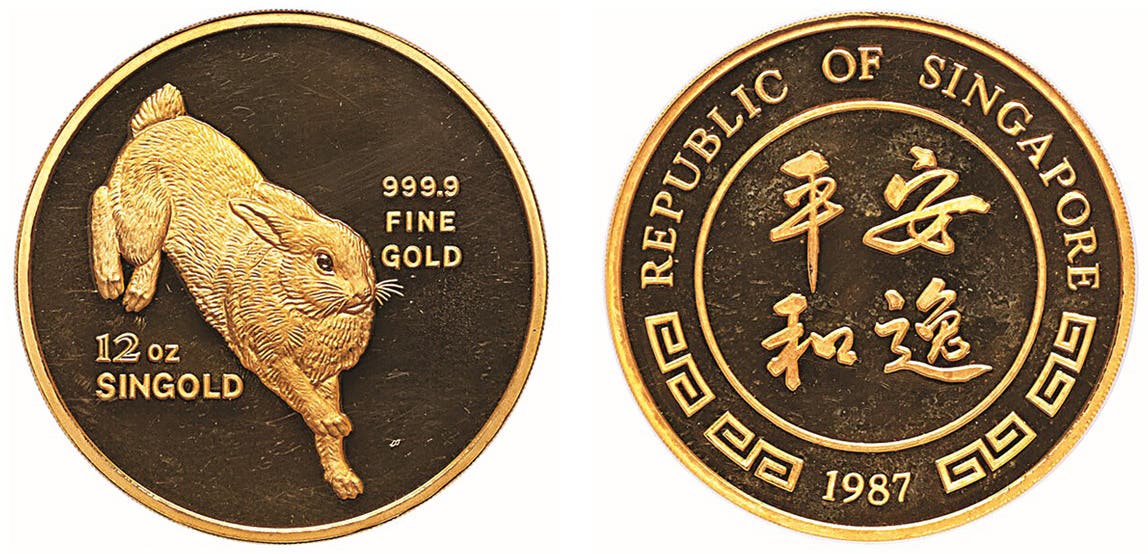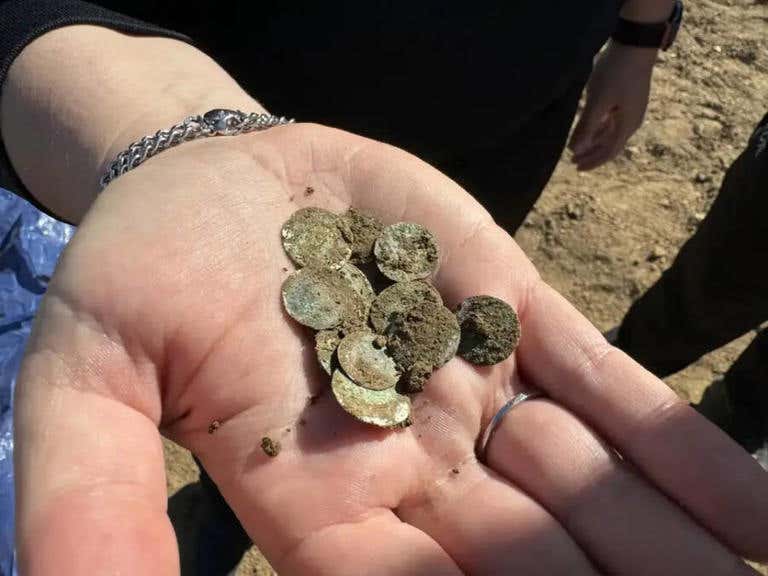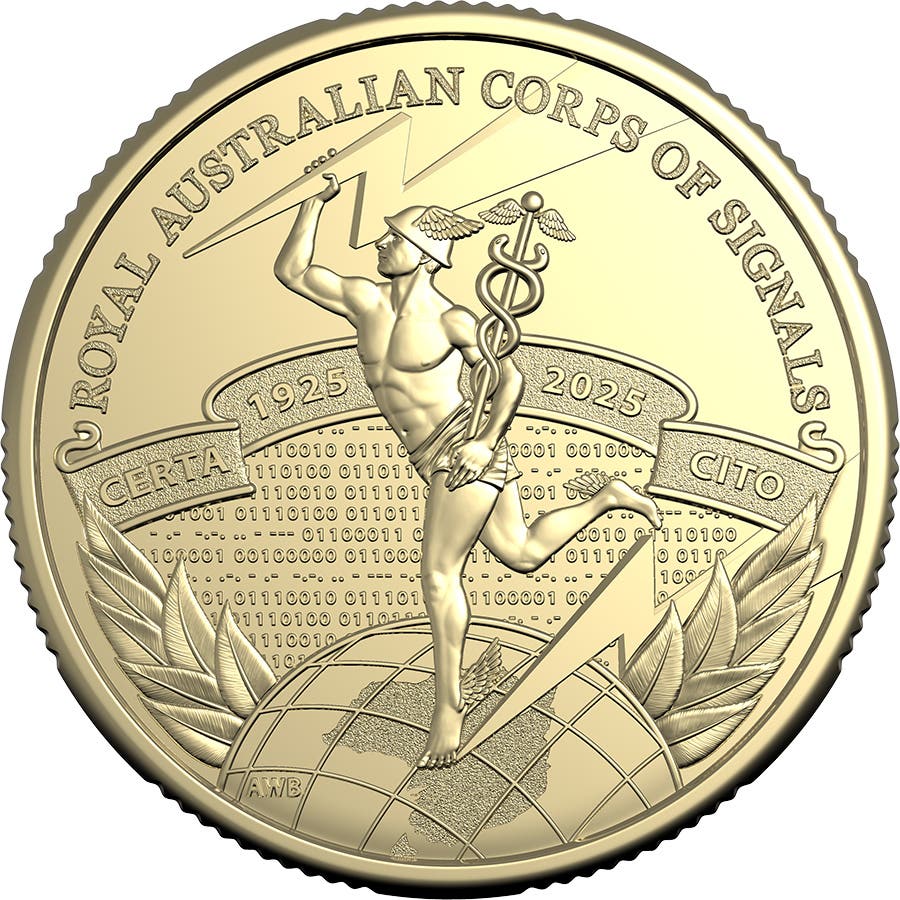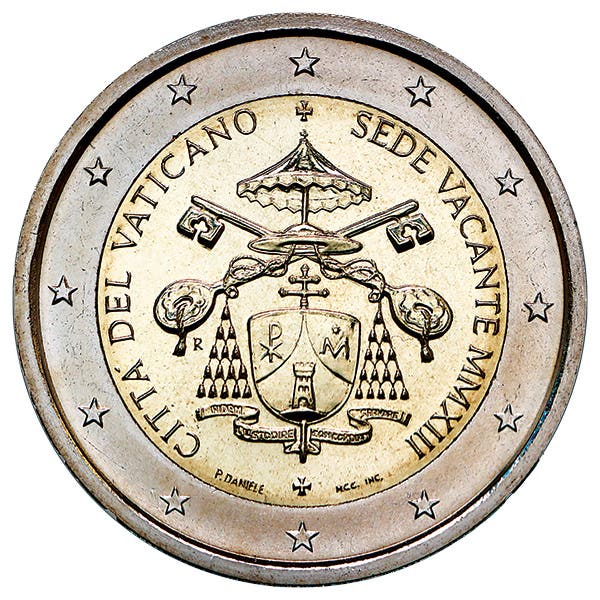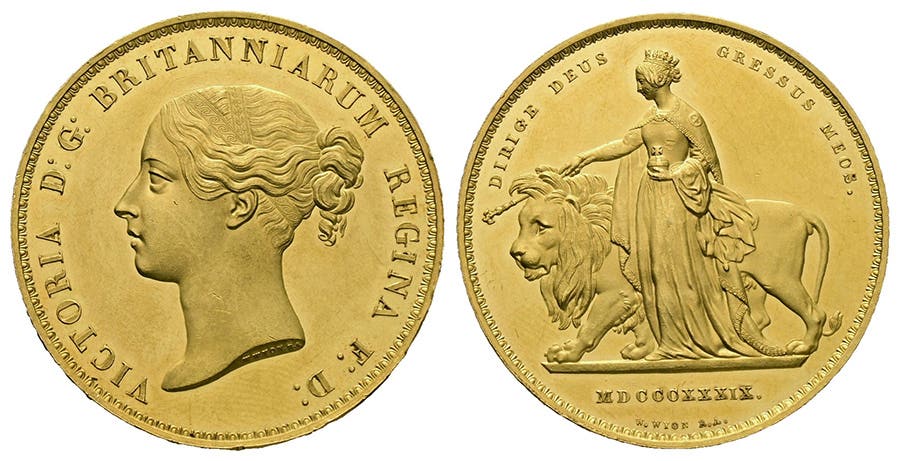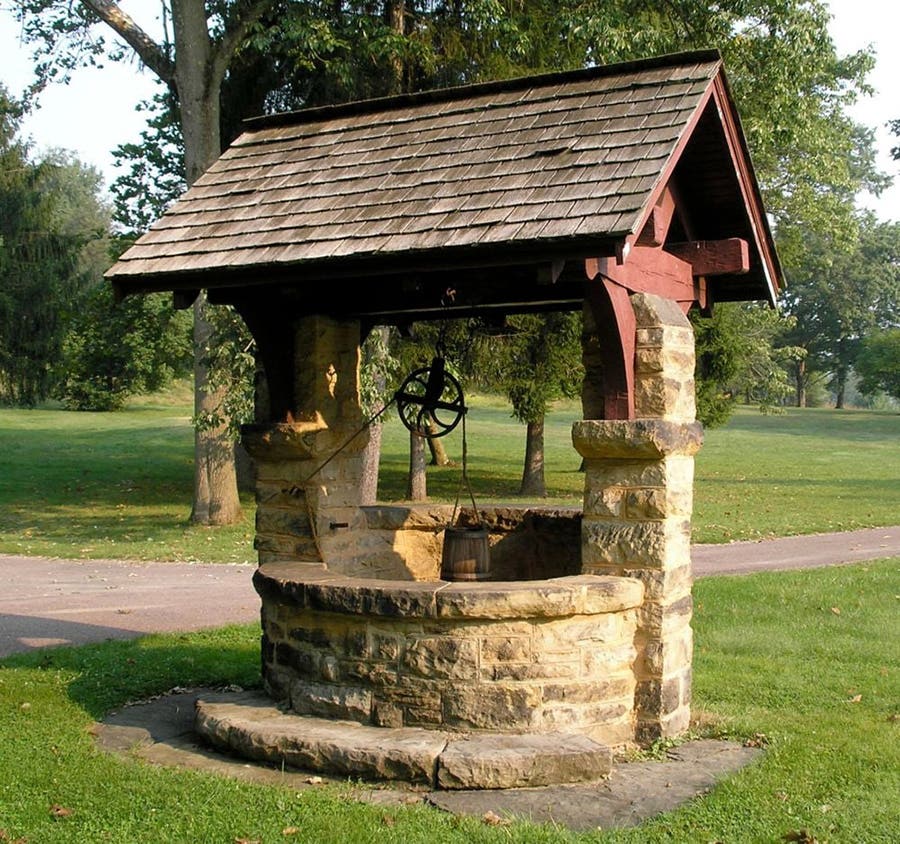Small Change Versus the Environment
Do small denomination coins adversely impact the environment? According to the Bank of Estonia, they do.
Do small denomination coins impact the environment adversely? The Eesti Pank, or Bank of Estonia, thinks so. The Estonian central bank is using this as part of their argument through which the bank hopes to join the growing number coin issuing countries that are European Union members using the euro as their common currency that are dropping issuance of 1- and 2-cent euro coins.
The second half of the bank’s reasoning is that dropping the lowest denomination coins would make shopkeepers’ jobs easier. The bank also argues that due to how price rounding would be conducted, the move would not become inflationary.
Eesti Pank Cash and Infrastructure Department Manager Rait Roosve said, “There are now two alternatives. The first would be for the European Commission to centrally implement a five cent rounding rule. Unfortunately, not all countries are on board with this at the time. Although a number of countries, including Finland, the Netherlands, Belgium, Ireland, Italy and, most recently, Slovakia, have independently established rounding laws in their respective countries.”
Another potential problem with dropping the lowest denomination coins is that there are no circulating coin denominations higher than €2 (about $2.50 U.S.) currently allowed by the European Central Bank. Banknote denominations currently begin at €5. The need for higher denomination coins would take the burden off the expense of printing the lowest denomination and most circulated bank notes.
Roosve indicated any anticipated change to Estonia’s change wouldn’t be made for at least one year. Estonia’s 1- and 2-cent euro coins account for nearly 60 percent of all the coins issued annually by the Baltic nation. Estonia entered the EU common currency known as the eurozone in 2011. Since that time, the nation has issued 612 tons of the two lowest coin denominations. This amounts to approximately 6.7 million 1-cent and 6 million 2-cent euro coins annually, according to Eesti Pank statistics.
According to Roosve, “After one transaction, this 1- and 2-cent coin is no longer in circulation. The change is returned to the consumer in the retail sector, at which point the customer no longer chooses to pay with that small penny or abandons the cash circulation.”
Roosve addressed the environmental argument, saying: “This coin is extremely difficult to reuse. Because it has a steel core and a thin layer of copper on top, it cannot be recycled like larger coins after they are worn. Larger coins can be melted and re-minted. This is not possible with 1-cent and 2-cent coins. It is more expensive than the value of a 1-cent coin because you must separate the steel from the copper, which is a complex and expensive metallurgical process.”
The 5-cent euro is also composed of copper-coated steel. All 10-, 20-, and 50-cent euro coins are comprised of a proprietary alloy called Nordic Gold, consisting of 89 percent copper, five percent aluminum, five percent zinc, and one percent tin. The €1 and €2 coins are ringed bimetal coins comprised of a gold-colored center plug of 75 percent copper, 20 percent zinc, and a five percent nickel with a silver color outer ring of 75 percent copper and 25 percent nickel.
Environmentally Estonia is considered to be one of the greenest countries in Europe. More than half the country is covered by forests. Estonia ratified the Paris Climate Change Agreement in 2015 and has made international commitments to reduce GHG emissions by 70 percent in 2030 and 80 percent by 2050 as compared to 1990 levels. Estonia is also primarily a cashless society. More than 99 percent of all financial transactions are made digitally.
The Mint of Finland initially produced euro coins for Estonia in 2010. In 2012 the Royal Dutch Mint won the coinage contract. Since that time, Lithuania and Germany have struck Estonia’s circulating coinage. The 2022 and 2023 coinage contract, including the 1- and 2-cent euro, was awarded to Imprensa Nacional-Casa da Moeda, the Mint of Portugal.
Environmental issues aren’t the only concern Estonia has had with its low-denomination coins. The so-called national side of each Estonian euro coin depicts the Lembit Lõhmus designed pre-World War Two map of the nation. Russia has publically argued the border appearing on this map includes what a 2011 The Telegraph newspaper article described as “chunks” of modern Russia.



